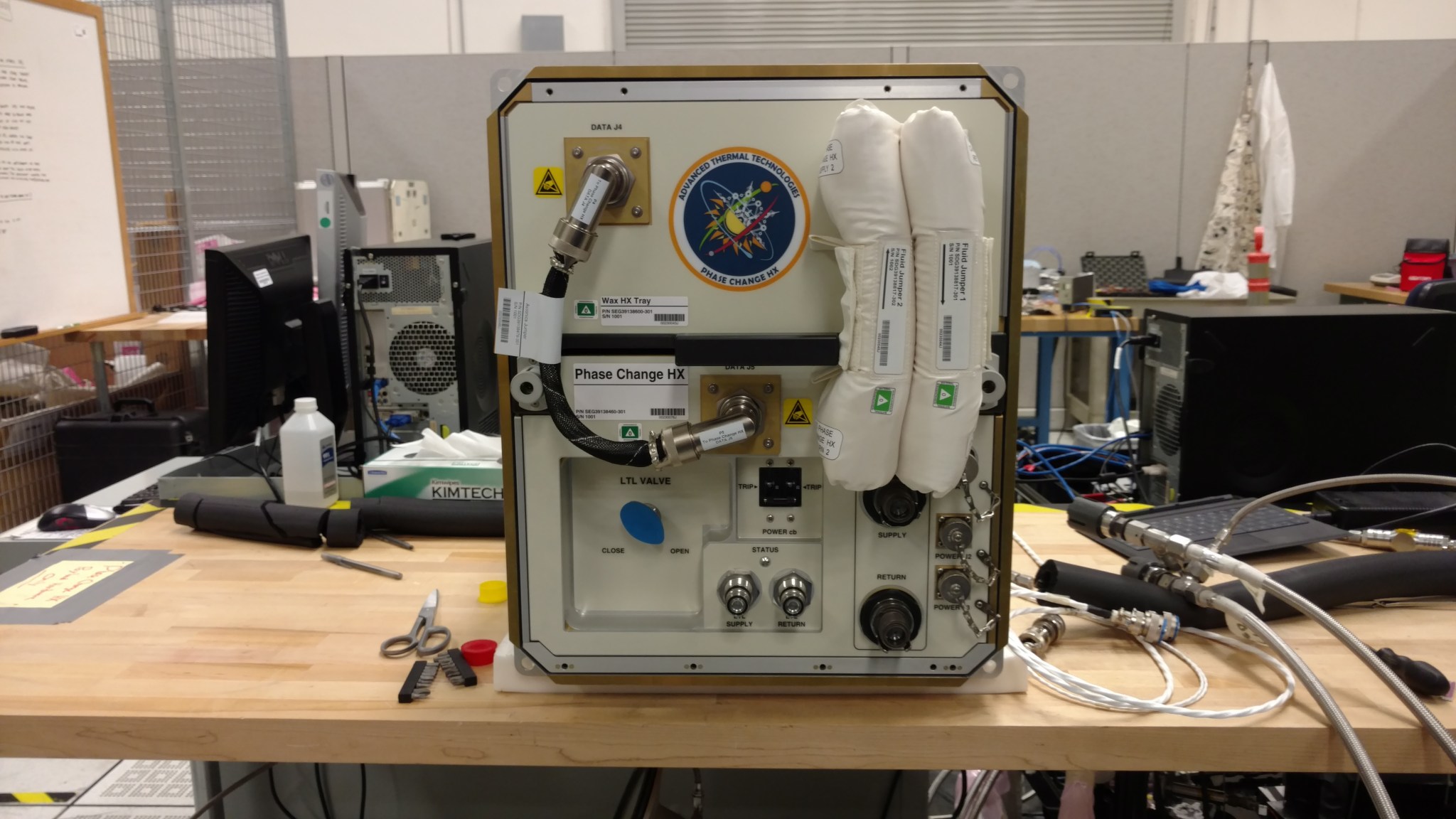
NASA will host a media teleconference at 2 p.m. EDT Wednesday, July 13, to discuss the groundbreaking research and cargo aboard the next SpaceX commercial resupply flight to the International Space Station.
Researchers will highlight space-based experiments to test the capabilities for sequencing DNA, understand bone loss, track heart changes in microgravity and regulate temperature aboard spacecraft. Participants also will discuss the first international docking adapter headed to station, which will allow commercial spacecraft to dock to the station when transporting astronauts in the near future as part of NASA’s Commercial Crew Program.
The briefing will take place onsite at the ISS Research and Development Conference in San Diego. Registered media may attend in person. To participate in the teleconference, reporters must contact Cheryl Warner at 202-358-1100 or cheryl.m.warner@nasa.gov by 1 p.m. EDT July 13 for dial-in information.
The briefing participants include:
- Camille Alleyne, associate International Space Station Program scientist at NASA’s Johnson Space Center in Houston, will provide an overview of the more than 250 science investigations that will take place during Expeditions 48 and 49.
- Michael Roberts, deputy chief scientist, Center for the Advancement of Science in Space (CASIS), which manages the U.S. National Laboratory aboard the space station, will discuss how these investigations aim to provide a better understanding of living and working in space while also improving life on Earth.
- Sarah Wallace, microbiologist at Johnson, will discuss the first experiment to test sequencing DNA in space. A space-based DNA sequencer could identify microbes, diagnose diseases, increase our understanding of crew member health, and potentially help detect DNA-based life elsewhere in the solar system.
- Lanetra Tate, program executive for NASA’s Game Changing Development Program, will highlight how a phase-change material heat exchanger device could help maintain critical temperatures inside a spacecraft by freezing or thawing a material.
- Bruce Hammer, professor at the University of Minnesota’s Center for Magnetic Resonance Research in Minneapolis, will discuss an experiment with the U.S. National Lab and National Institutes of Health to test the accuracy of a device used to simulate microgravity, which will lead to a better understanding of gravity’s effect on bone cell function.
- Arun Sharma, graduate student, Stanford Cardiovascular Institute in Stanford, California, will discuss an experiment with the U.S. National Lab on how microgravity changes the human heart. Results could advance the study of heart disease and development of drugs and cell replacement therapy for future space missions.
- NASA and Boeing representatives will discuss the first of two identical international docking adapters (IDA) that will be installed on the space station. The IDA’s first users are expected to be Boeing’s CST-100 Starliner and SpaceX’s Crew Dragon spacecraft now in development in partnership with NASA, which will return crewed launches to and from low-Earth orbit, including the space station, from the United States on American-led systems.
The SpaceX Dragon capsule is targeted to launch at 12:45 a.m. Monday, July 18, on a Falcon 9 rocket from Space Launch Complex 40 at Cape Canaveral Air Force Station in Florida. The spacecraft will carry crew supplies, scientific research and hardware to the orbital laboratory to support the Expedition 48 and 49 crew members.
This launch is the ninth contracted mission by SpaceX under NASA’s Commercial Resupply Services contract.
Audio of the teleconference will stream live online at:
https://www.nasa.gov/newsaudio
For launch countdown coverage, NASA’s launch blog, and more information about the mission, visit:
https://www.nasa.gov/spacex
-end-
Cheryl Warner
Headquarters, Washington
202-358-1100
cheryl.m.warner@nasa.gov


























